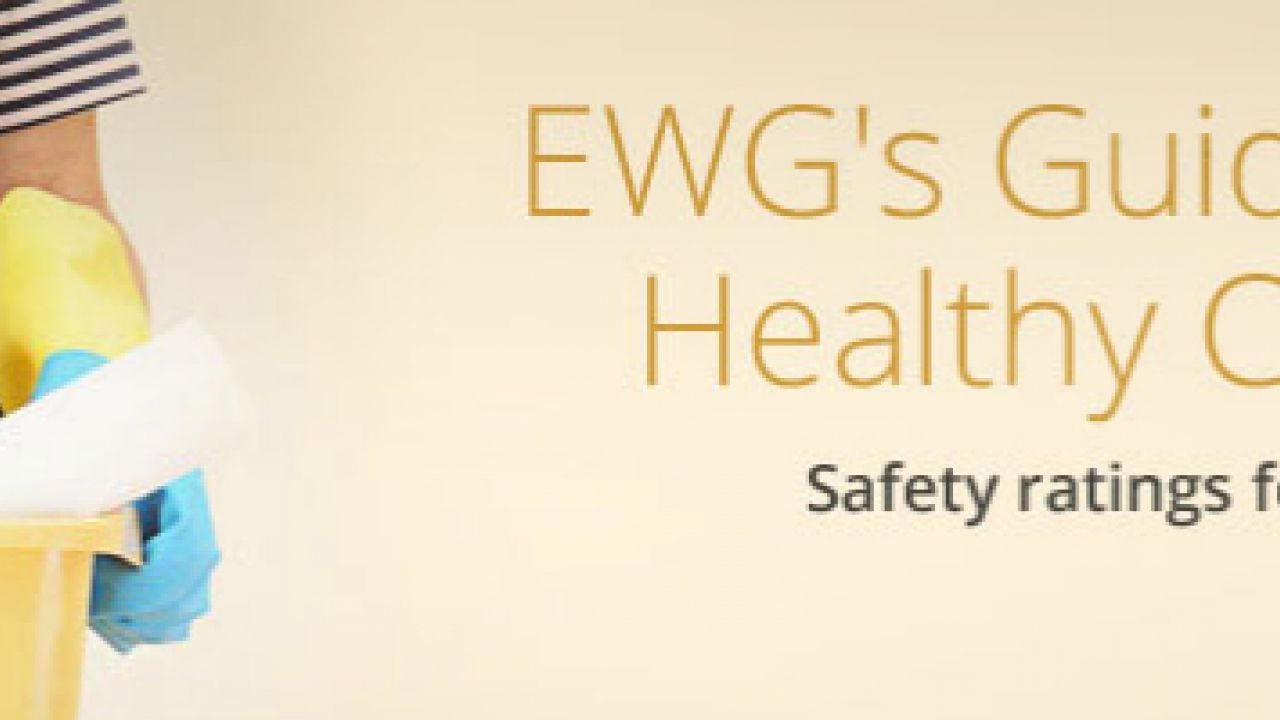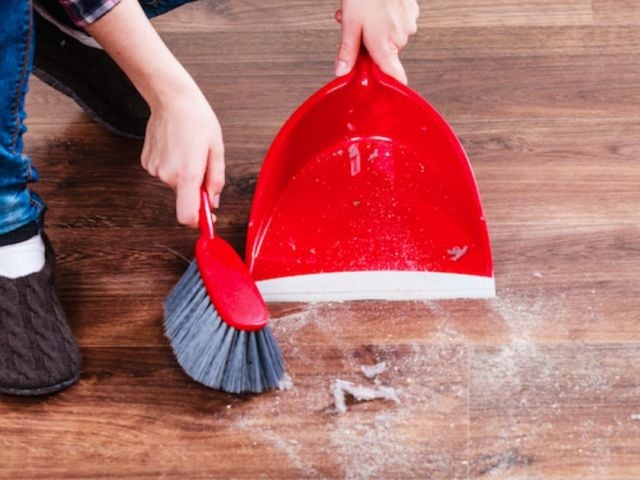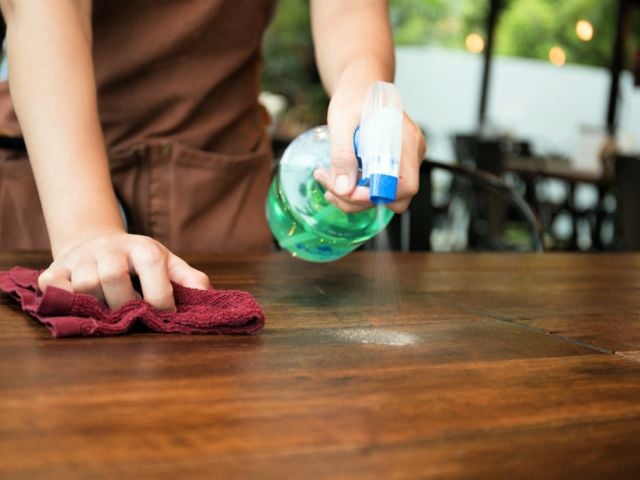
It's that time of year again, when students everywhere try to figure out how well they need to do on the final exam to get an A for the term. Or maybe they're calculating what it will take just to pass the course after having bombed the midterm or failed to hand in a few assignments. I personally went through this ritual for many years, and while most often my grade was salvageable, there were times when my poor performance early in the semester ruled out getting an A.
Since the mid-September launch of the Environmental Working Group's Guide to Healthy Cleaning, we've gotten a lot of questions about how we came up with the grades that individual products and their ingredients got. Many have asked how a product could score well - A or B - when it contains ingredients that got a C and in a few cases even a D.
Actually, the analogy of a final grade in school is a pretty good way to explain our product scores.
First, it's important to understand that each product score is not just an average of the scores that its individual ingredients received. The final product score also takes into account how fully the manufacturer discloses the product's ingredients, if the product has EWG-reviewed and approved green certifications, and the potential health hazards associated with the product formulation as a whole.
Every product and ingredient starts the process with a middle grade - a "gentleman's C." If our research indicates the product has a good safety profile, that pushes the score toward an A. If we come up with information that points to safety concerns, that weights the score the other way, toward an F. Just how far the score moves is determined by a complicated formula or algorithm that takes into account the details of the information we have. In the end, a product with just a few mediocre ingredients can still get a decent grade. But there's a point of no return for products that have ingredients with strong evidence of health hazards. They're bound to score poorly.
EWG created the Guide to Health Cleaning because, with some exceptions, manufacturers (and the government) largely leave consumers in the dark about what's in their cleaning products. To fill that gap, EWG scoured the landscape for all the publicly available information we could find, incomplete and limited though it sometimes is, and developed a comprehensive scoring methodology that uses that information to evaluate and rank the products in a systematic, unbiased way. Although the system relies on some complicated math, the basics involve just a few simple steps:
- 1.Collect all the ingredient information we can find about the product, including what's listed on the label, on the manufacturer's website and on safety data sheets that must accompany products when they are made.
-
2.Score each of the ingredients this way:
- a.If there's little or no information available about an ingredient's hazard potential, it gets a C.
- b.If the available information indicates a health hazard, that moves the score toward an F; if the information indicates there's no safety hazard, the score moves toward an A. Just how far the score moves depends on the findings of available studies, which EWG reviews, and the comprehensiveness of those studies.
- c.Sometimes, the available information doesn't identify a specific ingredient in a product, only that it's one of a class of chemicals. In that case, the score assumes that the ingredient is the most hazardous chemical in that class.
- 3.Calculate a score for the product formulation as a whole based on just the ingredients.
- 4.Combine the formulation score with an ingredient disclosure score and factor in product-specific attributes, such as if the product is caustic or has been approved by a rigorous, EWG-reviewed green certification program.
If you want all the details, please read the "About this report: Methodology" section of the Guide. You can get there by clicking the 'i info' button on the top of the database pages or here.
The most important thing to understand is why many ingredients get a C. That's going to be the final grade whenever there's not enough information available to make a judgment or when there's conflicting evidence on whether a chemical poses a health hazard. Most often it's the lack of safety data that makes an ingredient score a C. It's possible that some companies using these ingredients have private testing information to show there's no safety issue, but EWG can't see data that hasn't been made public and we're not about to trust manufacturers without the data. The lack of public information on the safety of chemicals in everyday products is a major failing of the nation's outdated chemical policy.
EWG's goal is to provide consumers with safer products and the tools to make informed purchasing decisions about their cleaning products. Without complete ingredient disclosure, that task is difficult.
We appreciate all your comments and suggestions as we continue to look for ways to improve this EWG's Guide to Health Cleaning and to push for greater disclosure and safer products.



